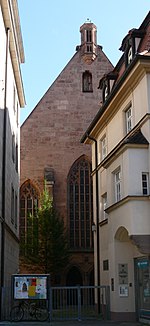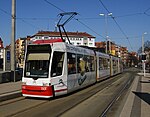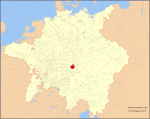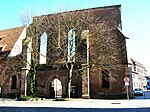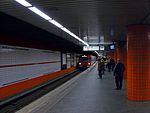Nürnberg Hauptbahnhof
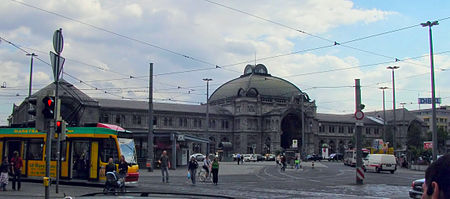
Nürnberg Hauptbahnhof (German for Nuremberg main station) or Nuremberg Central Station is the main railway station serving the city of Nuremberg in Germany. It is the largest station in north Bavaria and belongs to the 20 stations in the highest category of importance allocated by DB Station&Service. It is a through station with 22 platforms and lies on major north–south and east–west transportation axes. It offers connections to the major German cities of Leipzig, Berlin, Augsburg, Ingolstadt, Munich, Würzburg, Frankfurt and Regensburg, as well as Linz and Vienna in Austria and Prague in the Czech Republic. Over 450 trains stop here daily and more than 200,000 passengers use the station on average every day. It is also a major hub for public transport in Nuremberg. The Hauptbahnhof is located on the southeastern perimeter of Nuremberg's Altstadt, immediately opposite the Königstor (King's Gate) where the streets of Marientorgraben, Frauentorgraben, and Bahnhofstraße meet. The DB Museum, the corporate museum of Deutsche Bahn AG (formerly the Verkehrsmuseum), is close to the station, as is the Staatstheater Nürnberg opera house.
Excerpt from the Wikipedia article Nürnberg Hauptbahnhof (License: CC BY-SA 3.0, Authors, Images).Nürnberg Hauptbahnhof
Bahnhofsplatz, Nuremberg Tafelhof
Geographical coordinates (GPS) Address Nearby Places Show on map
Geographical coordinates (GPS)
| Latitude | Longitude |
|---|---|
| N 49.446388888889 ° | E 11.081944444444 ° |
Address
Nürnberg Hauptbahnhof
Bahnhofsplatz 9
90443 Nuremberg, Tafelhof
Bavaria, Germany
Open on Google Maps

